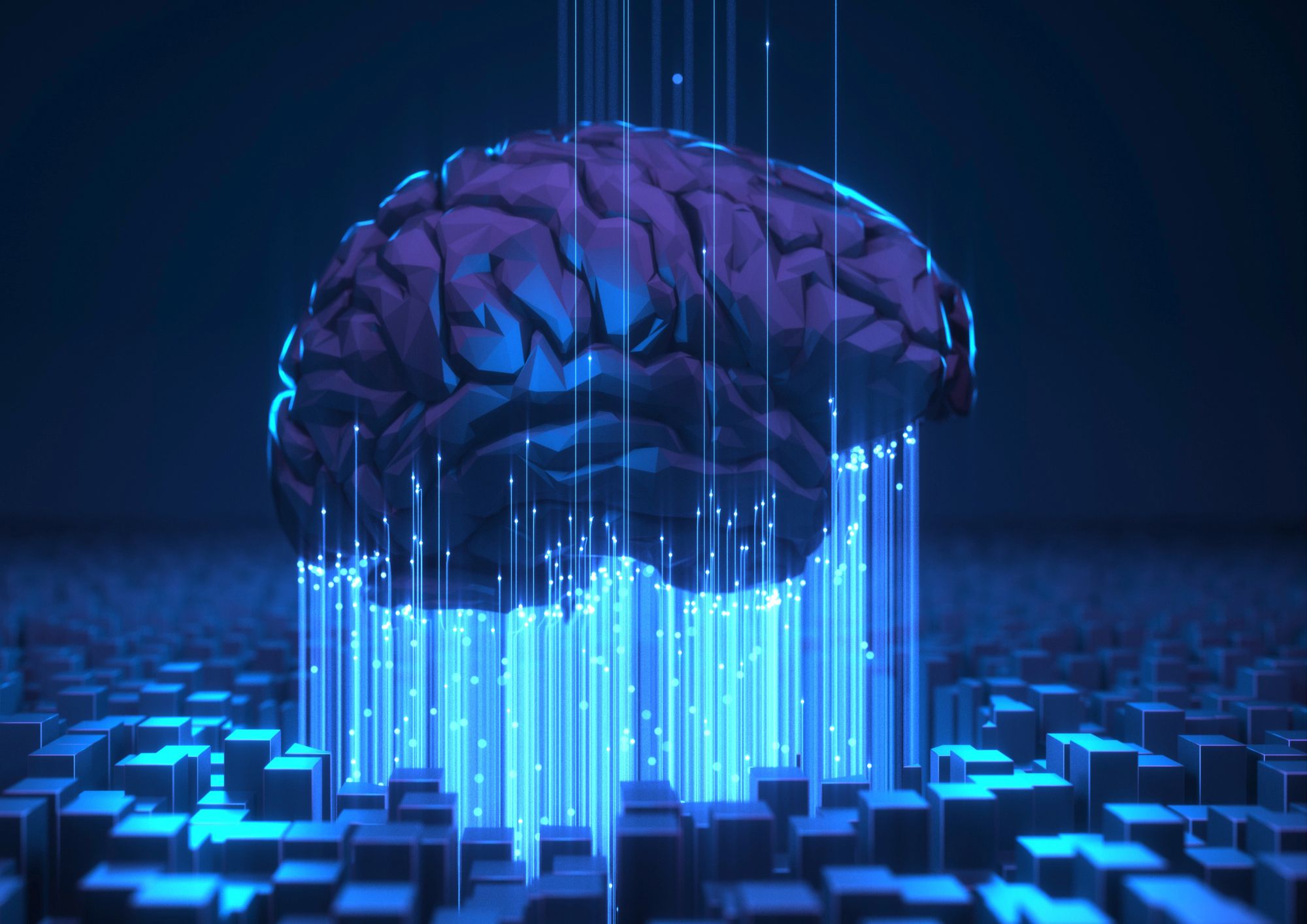As we stand on the brink of a new era, the future of intelligent automation promises to revolutionize the way we live and work.
With advancements in AI, machine learning, and robotics, the world is witnessing an unprecedented surge in automation technologies.
In this article, we’ll delve into the trends and predictions shaping the intelligent automation landscape, backed by facts, figures, and real-life examples.
AI-Driven Automation Solutions
One of the most significant trends in the future of intelligent automation is the widespread adoption of AI-driven solutions.
These solutions are designed to mimic human intelligence, enhancing their capabilities and enabling them to perform complex tasks with minimal human intervention.
For instance, the global AI market is expected to reach $190.61 billion by 2025, growing at a CAGR of 36.62% from 2018 to 2025 (source: MarketsandMarkets).
This growth can be attributed to the increasing adoption of AI-powered tools in industries like finance, healthcare, and manufacturing, where they are used to streamline processes, reduce costs, and improve customer experiences.
Robotics and Automation Advancements
Robotics is another area that’s witnessing rapid advancements in intelligent automation. From manufacturing and logistics to agriculture and healthcare, robots are becoming more versatile, efficient, and intelligent.
Take, for example, the rise of collaborative robots (cobots) designed to work alongside humans.
According to a study by Interact Analysis, the cobot market is predicted to grow at a CAGR of 41.3% between 2020 and 2028, reaching a value of $9.7 billion.
Cobots are particularly appealing to small and medium-sized enterprises (SMEs), as they offer a cost-effective solution for automating repetitive tasks and enhancing productivity.
Internet of Things (IoT) Integration
The future of intelligent automation will see a greater convergence of IoT technologies, which will enable seamless communication between devices and automated systems.
As more devices become connected, the potential for automation in our daily lives and industries will grow exponentially.
In fact, the global IoT market size is expected to reach $1.39 trillion by 2026, growing at a CAGR of 25.4% from 2021 to 2026 (source: Fortune Business Insights).
The integration of IoT in intelligent automation systems will facilitate better decision-making, improved efficiency, and increased safety across various industries.
Hyperautomation
Hyperautomation is a trend that combines multiple automation technologies, like AI, machine learning, and robotic process automation (RPA), to create end-to-end automation solutions.
As businesses look to streamline their operations, hyperautomation will become an essential tool for achieving operational efficiency.
Gartner predicts that by 2024, organizations will lower operational costs by 30% by combining hyperautomation technologies with redesigned operational processes.
This approach will allow businesses to optimize their resources, reduce human error, and drive innovation.
Ethical Considerations and Regulations
As intelligent automation continues to advance, ethical considerations and regulatory frameworks will play a crucial role in shaping its future.
Governments and organizations will need to address concerns related to data privacy, security, and the potential impact on the workforce.
For example, the European Union has proposed regulations for AI systems, known as the Artificial Intelligence Act, which aims to ensure transparency, accountability, and ethical use of AI technologies.
These regulations will not only protect the rights of individuals but also promote trust and reliability in intelligent automation systems.
Upskilling and Reskilling the Workforce
With intelligent automation taking over repetitive and mundane tasks, the workforce of the future will need to adapt to new roles and skillsets.
Upskilling and reskilling initiatives will become increasingly important to ensure employees can thrive in the changing landscape.
According to a World Economic Forum report, 50% of all employees will require reskilling by 2025 due to the integration of automation technologies in the workplace.
Employers will need to invest in ongoing training programs to equip their workforce with the necessary skills to remain relevant and competitive.
Summary
The future of intelligent automation is brimming with potential, as AI-driven solutions, robotics advancements, IoT integration, hyperautomation, ethical considerations, and workforce upskilling reshape industries and societies.
As we embrace these trends and predictions, we can look forward to a more efficient, productive, and innovative world.
With this in-depth analysis of the future of intelligent automation, we hope you’ve gained valuable insights into the trends and predictions that are set to revolutionize our world. 😊🚀🤖
Don’t forget to keep an eye on these developments, as they will undoubtedly shape the way we live and work in the coming years.
Thank you for reading our blog, we hope you found the information provided helpful and informative. We invite you to follow and share this blog with your colleagues and friends if you found it useful.
Share your thoughts and ideas in the comments below. To get in touch with us, please send an email to dataspaceconsulting@gmail.com or contactus@dataspacein.com.
You can also visit our website – DataspaceAI


